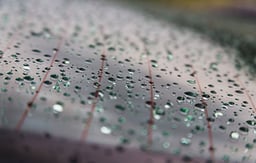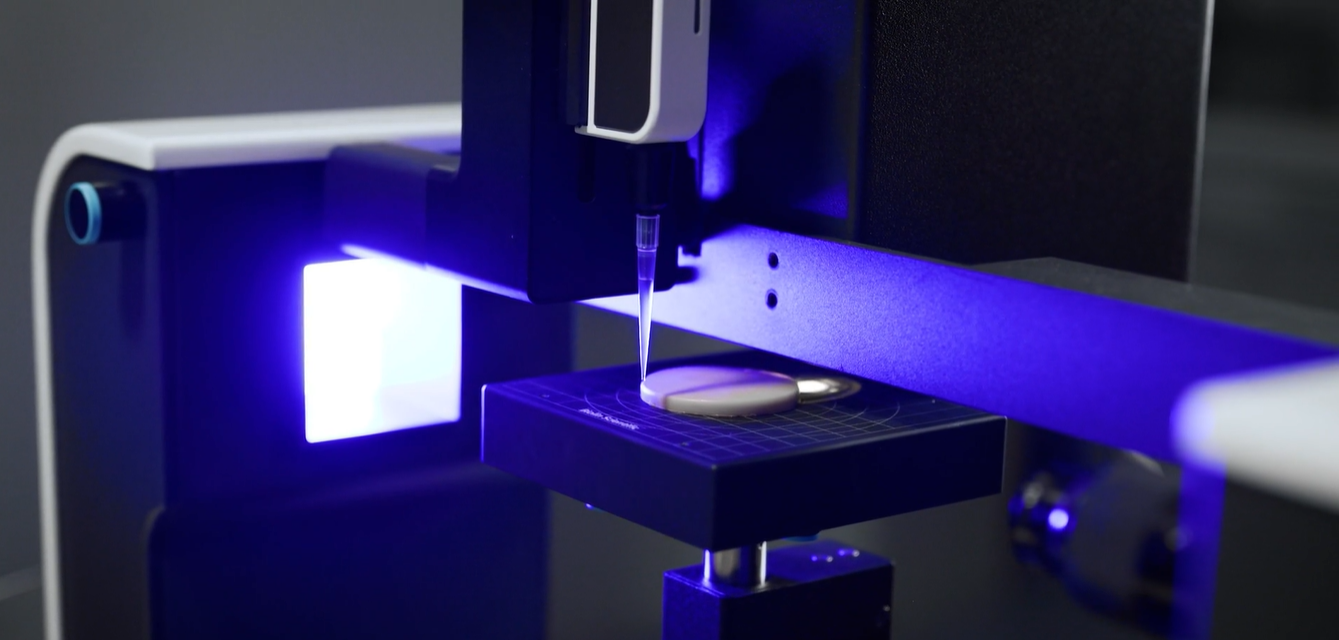- User friendly interface
To get you going in no time - Fully automated measurements
Saving your time and avoiding user dependency - Automatic baseline detection and drop shape fitting
Just to simplify for you - Autofocus keeps the picture sharp
Less user-dependency, more accuracy - Seamless interplay with integrated touch screen
Set up your measurements in seconds - Optimized image quality
Ultra-high resolution image optimized for reliable results - Automatic roughness-corrected contact angle
Distinguish surface roughness from surface chemistry - Versatile roughness parameters
Selection of both 3D and 2D parameters with one measurement - Image your surface
Optical image, 2D representation and 3D representation of the surface are given - Surface mapping of larger areas
Stitching function combines several scans into one large image
- Products
- Attension
- Optical Tensiometers
- Theta Topography
Optical Tensiometer
Theta Topography
Innovative contact angle meter capable of studying surface roughness and adjusting the result accordingly.
Measurements
-
3D Topography For roughness corrected contact angle
-
Sessile drop For static contact angle measurement of a liquid droplets
-
Automatic DCA For dynamic contact angle measurement
-
Meniscus For static contact angle measurement with a fiber/rod
-
Pendant drop For surface and interfacial tension
-
Batch sessile drop For static contact angle measurements
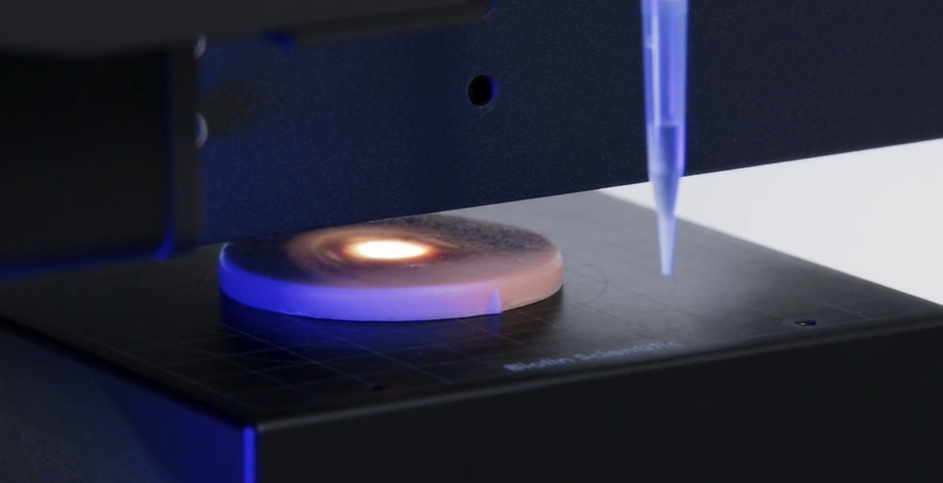
Roughness corrected contact angle
Key features
-
Automated sample stage
For automated measurements on several spots in a row -
Disposable tip dispenser
For easy liquid handling and reduced contamination risk -
Touch display
For fast measurement setup and convenient operation -
Free software upgrades and unlimited licenses
All-inclusive software that never gets old -
Autofocus
Sharp image throughout the measurement -
Best-in-class camera with DropletPlus
Superior image quality and improved accuracy
Software that is all-inclusive, with unlimited licenses and free updates!
Every Attension Optical Tensiometer is complemented by seamlessly integrated sophisticated OneAttension software. Our software updates are effortlessly automatic and, best of all, completely complimentary.
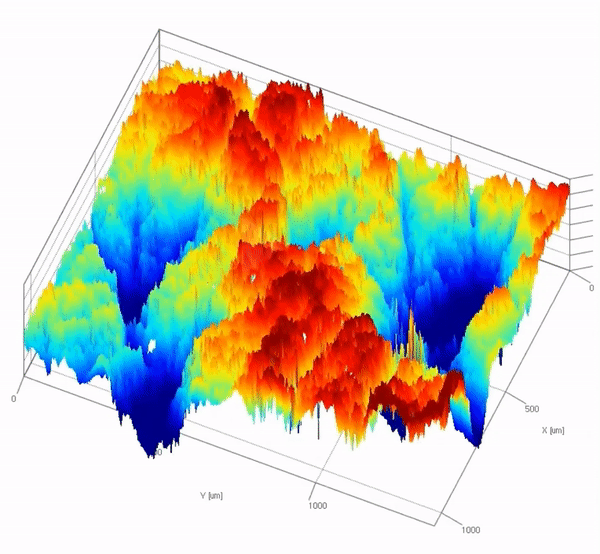
Applications
-
Biotechnology & medical devices
-
Paper & board
-
Pharmaceutical
-
Coatings
-
Electronics
A closer look
Theta Topography is based on the high-end tensiometer Theta Flow. Check out the specifications of both specifications for Theta Flow and the 3D Topography module below.
Theta Flow
Available Measurements |
|
Static contact angle and captive bubble |
√ |
Batch contact angle |
√ |
Dynamic contact angle |
√ |
Meniscus contact angle |
√ |
Surface/Interfacial tension |
√ |
3D surface roughness and roughness-corrected contact angle |
√ |
Interfacial rheology |
√ |
Surface free energy |
Zisman Plot, OWRK/Extended Fowkes, van Oss Acid-Base, Wu, Neumann’s Equation of State, Schultz 1 and 2 |
Software and hardware |
|
Measuring range (°, mN/m) |
0…180, 0.01…2000 |
Accuracy (°, mN/m) |
±0.1, ±0.01 |
Maximum sample size (mm) |
Unlimited×100×360 |
Integrated sample holders |
√ |
Maximum resolution (px) |
2592 x 2048 (5 MP) |
Maximum measuring speed (fps) |
3422 |
Camera |
CMOS 1'' USB 3.0 digital camera with zoom |
Image focusing |
Software-controlled autofocus, manual fine focus in optics |
Image quality |
Enhanced with DropletPlus technology, native |
Camera protection |
Inside instrument covers |
Camera view angle (°) |
-4.5 ... 2.5, with digital scale |
Light source and size |
LED based homogeneous background lighting, 62 x 62 mm |
Field of view (Ø, mm) |
1.35 ... 52.9 |
Measurement indicator LED |
√ |
Integrated touch display |
√ |
Environment monitoring |
√ |
Disposable tip dispensing |
√ |
Software |
OneAttension, includes all measurement modes |
Dimensions — Basic frame (L×W×H, mm) |
765 x 230 x 435 |
Weight — Basic frame (kg) |
29 |
Power supply (VAC) |
100...240 |
Frequency (Hz) |
50...60 |
3D Topography module
| Hardware | Other specifications |
| Dimensions: 17 cm x 16.5 cm x 11.5 cm | Method name: Fringe projection phase-shifting |
| Weight: 2.6 kg | XY pixel size: 1.1 μm x 1.1 μm |
| Power supply: 100 - 240 V AC | Measured range in Z direction: 1 μm – 60 μm |
| Frequency: 50 - 60 Hz | Axial resolution: 4 nm |
| System requirements | Lateral sampling: 1.41 mm x 1.06 mm (XY). (Stitching option up to 4.2 mm x 4.2 mm) |
| Antivibration or stone table recommended | Working distance: 18 mm |
| Motorized XYZ sample stage required | Maximum sample size on sample stage: Unlimited x 320 mm x 22 mm (L x W x H) |
| Imaging options: Optical image, 2D roughness map, 3D roughness map |
|
| Measurement duration per one measurement: 5-30 s (1280 x 960 measurement points) |
|
| Analysis parameters (ISO 4287, ISO 4288): • r (for Wenzel equation) • θc, roughness corrected contact angle/Wenzel contact angle • Sdr (%), Sa (um), Sq (um) • Horizontal, vertical and from chosen 2D line segment Ra, Rq, Rp, Rv, Rz, R10z |
|
| Waviness filtering: Gaussian high pass filter (ISO 11562) | |
| Sample requirements/limitations: Diffuse reflecting surface required |
OneAttension Software
We made our software for Theta Topography with you in mind. It is a fine combination of a very intuitive interface and high functionality. Follow your experiment live, and get the results within seconds. OneAttension is analyzing made easy. Let's have a look at the features!
OneAttension Features
Add more possibilities
Have a look at a few of the additional modules compatible with the New Dispensers from Attension Theta Topography. You can find the full range of accessories below.
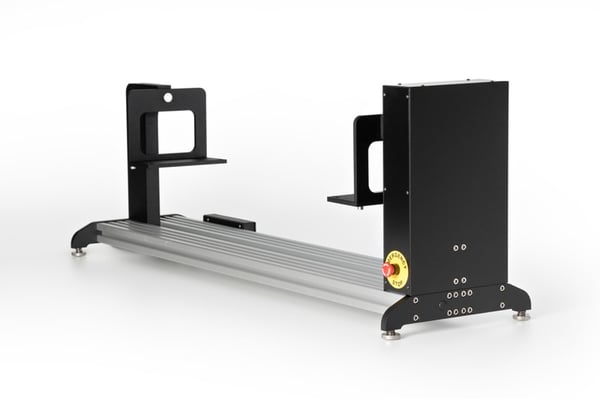
Tilting cradle
A software controlled tilting cradle. Used for studying dynamic contact angles. Tilting range from 0 to 90° and tilting resolution 0.1°. The vacuum stage top C204B is recommended to be used with this option.
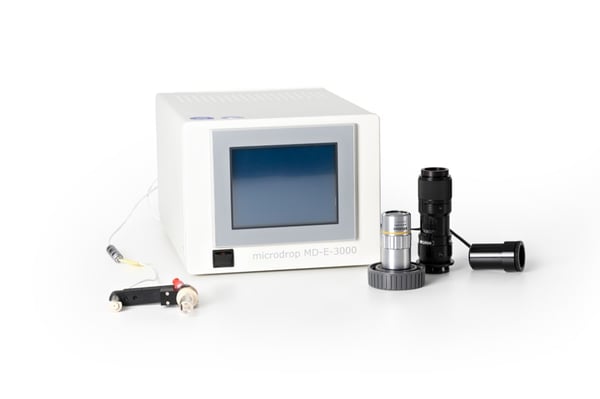
Picoliter Dispenser
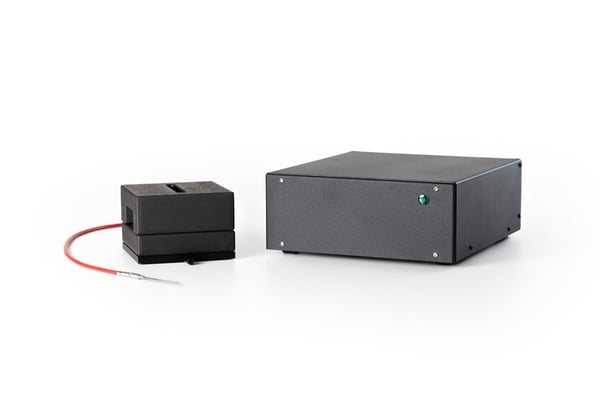
Measuring chamber, electrically heated, 250° C
Thermostatted electrically heated measuring chamber for air phase temperature control of substrate and drop.
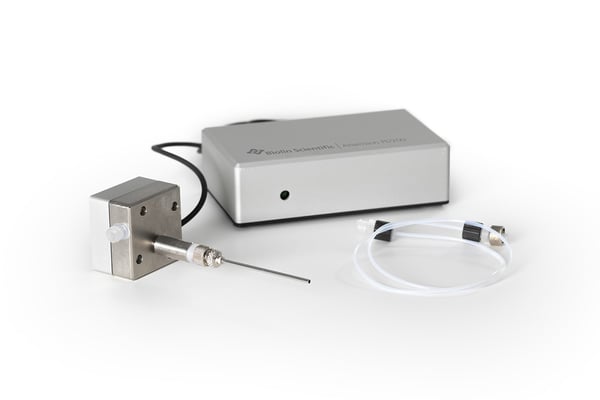
Pulsating Drop Module - PD200
Software controlled drop size pulsing for interfacial rheology measurement of viscoelastic properties of interfacial layers at liquid-air or liquid-liquid interfaces.
What others say
Our instruments are present at many prestigious universities and research facilities world wide. Take a minute to find out what others say about Theta Flow.

Mika Latikka, PhD, Postdoctoral Researcher, Soft Matter and Wetting. Aalto University
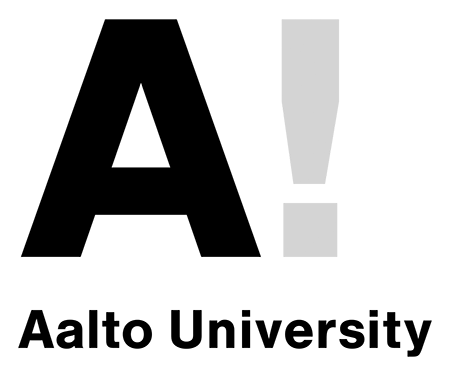
Aalto University, Finland
Aalto University is a top Finnish university combining science, technology and arts into a collaborative environment for both scientific communities and companies. Our contact angle meters and tensiometers have been used there in research for decades.

Researcher at MIT, US
“The reproducibility of the measurements acquired is excellent even with the lowest surface energy values and the tensiometers are quite flexible with regards to sample size. The software is also very useful and the customer support for the products is excellent.”

MIT, US
MIT, Massachusetts Institute of Technology, is a world-leading research university with a mission to advance knowledge and educate students in science and technology. MIT uses our tensiometers to study contact angles and interfacial energy.
Learn more
We have gathered all our in-depth knowledge associated with Theta Topography. Browse around amongst overviews, case studies and white papers to find a topic of your interest.
- Attension
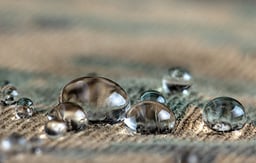
Contact Angle - What is it and how do you measure it?
- Attension
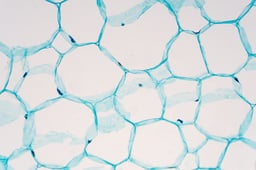
Superhydrophobic and Superhydrophilic Surfaces for Cell Trapping
- Attension
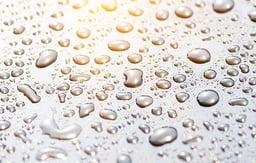
The Influence of Surface Roughness on Wettability
- Attension
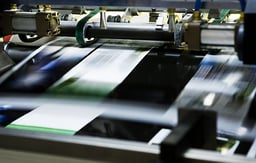
Determination of Optimal Plasma Treatment Time of Polypropylene
- Attension
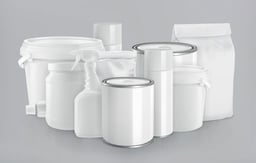
Surface Tension and Surfactants in Industrial Processes
- Attension
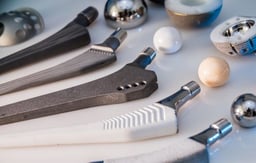
Wettability Measurements in Biomedical Applications
- Attension
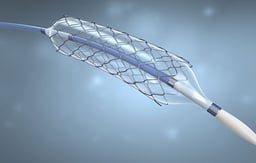
Effect of Wettability in Biomedical Applications
- Attension

Using Contact Angle Measurements in Surface Research and Quality Control
- Attension
